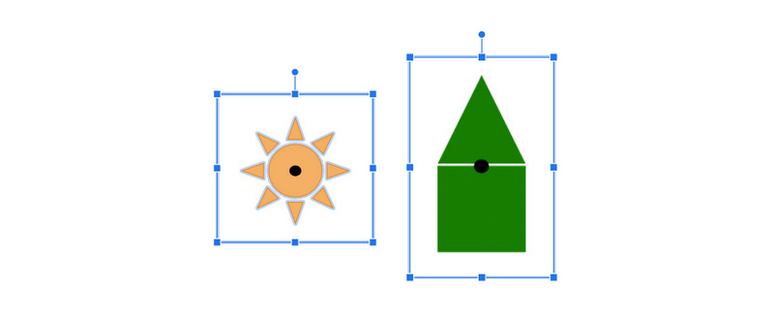Patterning in Children (PiC)
Early Learning and Cognition Lab @ UCSD (Jul 2019 – Jun 2021)
About the Project
My undergraduate thesis was titled “Using Exploration to Support Children’s Pattern Learning.” It aimed to understand young children’s (4– to 6–year-olds) patterning ability and strategies, particularly examining the differences when being allowed to explore a pattern (Exploration condition) or while watching a demonstration of an exploration (Demonstration condition).
Study Design
During my junior year, I conducted an in-person version of the study at museums and schools in San Diego. Due to the pandemic, I transitioned the study online using Google Slides and conducted the study over Zoom for my senior thesis.

We placed a black dot in the middle of the shapes to indicate to children that they can move the shapes and to guide them where to click/tap.

This is an overview of the patterning study. Slide 1 invited children to play a patterning game. Slides 2 and 3 showed children how to move shapes around in Google Slides. Slide 4 served as practice for children to move the sun to the either cloud. Slide 5 asked children to duplicate the pattern. Slides 6, 7, 12, and 13 were abstraction tasks and asked children to create the pattern using different shapes. Slide 8 showed a row of 6 houses, where children moved each house to reveal that a star was hidden under every third house. Slide 9 ointroduced children to an extension of the row of houses in Slide 8. On Slide 10, children either engaged in pattern learning (aka the Houses task) via demonstration (watching the experimenter move the houses to reveal a star/no star) or exploration (moving the houses on their own to reveal a star/no star). Slide 14 concluded the study and thanked children for participating.

All slides were revealed incrementally along with verbal instructions to help draw children’s attention to each aspect of the slide (duplication task).

All slides were revealed incrementally along with verbal instructions to help draw children’s attention to each aspect of the slide (introduction to the Houses task).
Study Results
Children who learned by exploring tended to find more stars and display more advanced patterning strategies than children who learned by watching a demonstration. Check out the data analysis and visualizations.